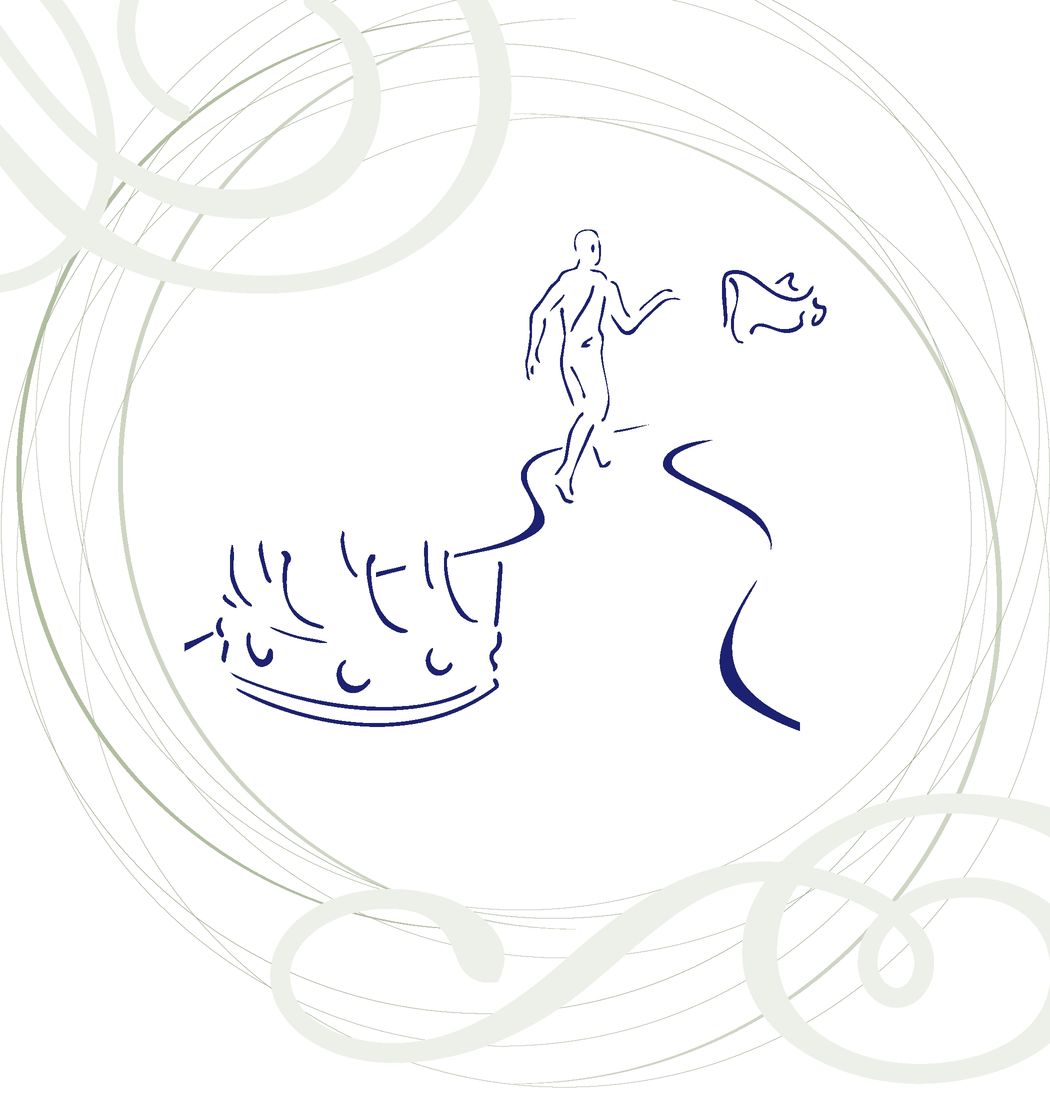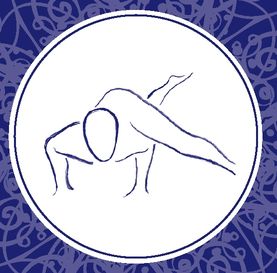koundinyasana
STRAIGHT LEGS SIDE CROW POSE
This challenging arm balance requires both strength and flexibility; one leg reaches forward over the corresponding arm and the other leg extends back. Many students struggle for some time with the particulars of this posture before finding the proper balance required to lift themselves above the earth.
Koundinyasana has a variation, parivritta (“revolved”) koundinyasana. This posture is easily reached from a parivritta bakasana, or side crane pose. Both legs are extended at opposite angles while the body is in a twisted position. Meeting the challenges of both versions of this posture requires a belief in oneself, which is the main lesson of the story about the great sage Koundinya.
Prediction & Predicament
When King Suddhodana and Queen Maya welcomed Siddhartha, their first baby boy, into the world, they held a splendid gathering to bless the new prince. The most venerable sages and seers of the day arrived at court and, as was the custom, made predictions about the great things the little prince would accomplish in his lifetime. One by one, the wise men stepped up to tell the king and queen about the future of their son.
One sage said, “He will grow to become the greatest king that has ever ruled the land and will restore peace once and for all!”
Another holy man said, “The prince will bring wealth and prosperity, the likes of which has never been seen before in this kingdom!”
Another seer said, “This prince will be married to the most beautiful woman the world has ever known, and they will have so many sons that this royal lineage will live on for the rest of time!”
The king was pleased to hear all of these wonderful predictions, because he also believed that his son would surpass his own successful reign. But there was one more seer left to make a prediction. The wise Koundinya had served the court for a very long time, and the king and queen trusted him with many matters of state, so they were excited to hear what he might have to say.
Koundinya stood up and said, “My dear king and queen, I am pleased to inform you that your son will become one of the greatest kings to ever live, and he will preside over a kingdom far bigger than you can ever know, and for far longer than you or I could ever imagine. However, he will not do this by sitting upon a throne. In fact, your son, the Prince Siddhartha, will renounce the throne you call a throne, and he will leave this kingdom you call a kingdom, and he will walk away from his family. In doing so, he will discover the path to happiness and truth. This discovery will lead him to become one of the most beloved figures the world will ever come to know.”

The thought of his son renouncing everything the king had worked for both frightened and infuriated the king. He immediately threw Koundinya out of the court and banished him from the kingdom. On his way out the door, Koundinya said calmly, “On the day your son becomes enlightened, I will be there. And I will be the first to call him Buddha, the enlightened one.” King Suddhodana decided right then and there that he would never let Koundinya’s predictions come true.
As the baby prince grew into Siddhartha the man, King Suddhodana and Queen Maya protected and sheltered their son from the outside world. They never let him leave the palace. They made sure to employ only young and healthy people, so that Siddhartha would never be exposed to suffering, sickness, or death. When Siddhartha became a young man, he pressured his father into letting him leave the palace. Despite his father’s nervousness, a day was arranged for Siddhartha to see the world for the first time.
The king had ordered everyone who was sick or old to be hidden from sight. He also ordered that all traces of death be removed from his son’s parade route, and that the city be cleared of ascetics, so as not to give his son any aspiration toward the ascetic wanderings predicted by Koundinya. As Siddhartha made his way through the streets of the city, he saw only young and beautiful people, and he thought the world was only filled with good health, joy, and ease. This is all he had ever known. But as he rounded a corner, he looked down an alley and saw a hint of something different.
Prince Siddhartha broke off the parade route and snuck down the alley, where he found the people on the lowest rungs of society trying to hide from view. This was the first time in his life that the prince encountered death, old age, and sickness. He also found an ascetic, who was trying desperately to escape this suffering that Siddhartha had only just realized was a part of life.
As soon as Siddhartha returned to the palace, he knew what his mission in life must be. And so he snuck off in the middle of the night to begin a life of wandering and trying to find a way to end the suffering of humanity. At the edge of his kingdom, Koundinya was waiting for him.
For many years, Koundinya and Prince Siddhartha practiced severe asceticism to liberate themselves from attachments to body and mind and, as a result, reach the end of suffering. Despite all their self-denial, Siddhartha only found that he was suffering more. One day, he decided asceticism wasn’t the way to find enlightenment, which greatly frustrated Koundinya, who believed it was the only way. So the sage and the prince parted ways.
This was when Prince Siddhartha began to discover the Middle Way, or the path of Buddhism. Upon his enlightenment, he sought out Koundinya to tell him about the four noble truths. Koundinya realized immediately that Siddhartha had become the Buddha—the enlightened one. He knew that Siddhartha’s Middle Path had led him to nirvana, and this time, Koundinya became Siddhartha’s student. Koundinya and the Buddha began to spread the teachings of enlightenment, showing others that the greatest kingdom one can have dominion over is the realm of the heart.
Divine Realization
The Buddha’s story is one of inevitability, providence, and perseverance. His realization of “Buddha-hood” was the result of his intense desire to alleviate the suffering of the world. What he discovered in his enlightened state were the founding principles of Buddhism, known as the four noble truths. They are as follows:
• To live is to suffer.
• Desire is the root of suffering.
• It is possible to stop suffering.
• The way to stop suffering is by following the Middle Path, which incorporates eight principles: right understanding, right thought, right speech, right action, right livelihood, right effort, right mindfulness, and right concentration.
The Buddha discovered the Middle Way, but even his staunchest supporter, Koundinya, didn’t immediately recognize the truth of his teachings. A little skepticism can go a long way on the spiritual path, and questioning one’s teachers can give one confidence in the path one finally chooses. Koundinya’s pose reflects this difficult pathway to grace. It’s considered a challenging pose, but it is simply a question of balance—the middle way between effort and grace.


